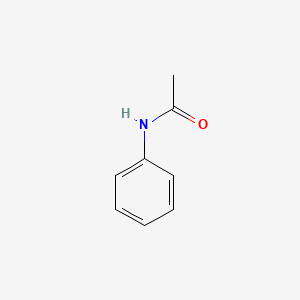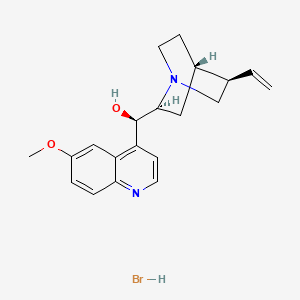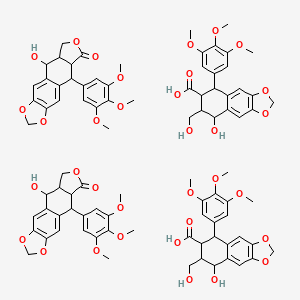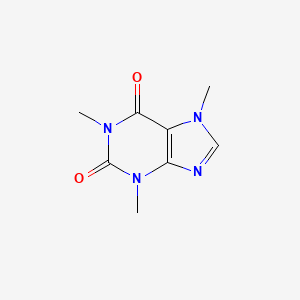I went antiquing the other day and scored some amazing old medicinal items!! Both the bottles still contain their medications even! I'm over the moon with these antiquated relics!!! Soooooo, I've decided to do a little series on these!
In this Part One I will be going over the Bromo Quinne Laxative Cold Tablets
I found this box in an antique store in a city close to me at a steal for only $3!! After looking through ebay I found a similar box in worse condition then mine for $12 OBO. All in all not a very sought after or expensive antique medicinal item from our past but still cool none the less.
Maker is The Grove Laboratories, INC. from St. Louis, MO USA
This particular box was made sometime between 1935, when Grove Laboratories came into existence from what used to be Paris Medicine Co, and 1944.
Grove's Laxative Bromo Quinine, which was first
produced in 1896, was an early cold tablet that combined quinine with
other ingredients thought to relieve cold symptoms.
This product was heavily promoted as a laxative and a cure for influenza.
Fun Fact: Influenza (the flu) was often referred to as "La Gripps" back then.
Directions for use for an adult noted on the box: Take 1 tab three times a day after meals and 2 tabs at bedtime. (Total of 5 tablets daily) On the 3rd day or before, if cold symptoms are subsiding, reduce the dosage to 1 tab three times a day after meals and 1 tab at bedtime. (Total of 4 tablets daily)
Directions for use for children over the age of 12 noted on the box: Take 1 tab three times daily after meals. (Total of 3 tablets daily) On the 3rd day or before, if cold symptoms are subsiding, reduce the dosage to 1 tab in the morning and 1 tab in the evening. (Total of 2 tablets daily)
Keep within dosage recommended. In all cases gradually discontinue as cold symptoms subside.
Note noted on the box: These tablets contain a laxative. When there are indications of appendicitis (nausea, abdominal pains or tenderness) a laxative should not be taken.
Ingredients noted on the box: Acetanilid 1 Grain, Extract Belladonna 1-50 Grain, Extract Hyoscyamus 1-16 Grain, Quinine Hydrobromide 3-4 Grain, Podophyllin, Oleoresin Capsicum, Caffeine, Extracts Colocynth and Aloes.
Below I have gone through all the ingredients one by one and given some interesting facts or uses for each one. I have included a picture of their chemical formulas and either what the ingredient is made from or a picture of the compound itself - whichever I could find. I hope you find it just as fascinating as I did!
Acetanilid
Alternative Title: Acetylaniline

Acetanilide is a synthetic, organic compound that was introduced in therapy in 1886 as a fever-reducing drug but is no longer used. Its effectiveness in relieving pain was discovered soon after it's introduction and it was used as an alternative to aspirin for many years in treating common complaints of pain with headaches and menstrual cramps. Excessive or prolonged use causes toxic side effects such as interfering with the function of hemoglobin - the oxygen-carrying cells in the blood. Interesting enough, this medicine is mostly converted to acetaminophen (Tylenol).
Extract Belladonna
Alternative Title: Deadly Nightshade (amongst many other names)
Belladonna is a poisonous plant native to parts of Asia and Europe. It has been used for multiple reasons dating all the way back to ancient times before the fourteenth century. Fun Fact: This medication is still available to be purchased, not only over the counter but given out as a prescription as well. Used in small amounts it can be beneficial to help treat arthritis pain, colds or hay fever, bronchospasms caused by asthma or whooping cough, hemorrhoids, nerve problems, Parkinson's disease, colic, irritable bowel syndrome and motion sickness. Please Note: This medication is NOT approved by the FDA and can be deadly to humans if taken incorrectly.
Hyoscyamus
Alternative Title: Stinking Nightshade (amongst many other names)
Hyoscyamus is also a poisonous plant native to Europe and Northern Africa. It too has been used for multiple reasons dating all the way back to the first century A.D.. This medication is still being used in modern day medications to help treat chronic diarrhea, bladder spasms, asthma and Parkinson's disease but can be deadly if taken incorrectly.
Quinine Hydrobromide
Alternative Title: Quinine Sulfate

All forms of this medication were banned by the FDA in 2006 except for the brand drug, Qualaquin, which is used for treating Malaria. Fun Fact: Quinine was first isolated in 1820 from the bark of a cinchona tree.
Podophyllin
Alternative Title: Podophyllum

This medication is used now for treatment in genital warts but when it was placed in these cold tablets it was being used as a laxative. It is derived from the American Mandrake root and can be fatal if taken orally in excess.
Oleoresin Capsicum
Alternative Title: Capsaicin
Oleoresin Capsicum is the active ingredient in chili peppers that makes them hot. Capsaicin is used in medicated creams and lotions to relieve muscle or joint pain and is what is inside of your pepper spray!
Caffeine
Alternative Title: ummmm the life blood? 😂

Caffeine is a stimulant that improves focus, can treat headaches and gives you a sense of alertness. A daily dose of 400mg is safe for a human to consume, too much more and you can overdose according to the Mayo Clinic.
Extracts Colocynth
Alternative Title: Bitter Apple (amonst many other names)

Colocynth is a desert viny plant native to the Mediterranean Basin and Asia, especially Turkey and Nubia. It is used in modern times to help treat diabetes, cholesterol issues, constipation, and tuberculosis. It is also used in combination products for treating liver and gallbladder ailments.
Aloes
Alternate Title: There are over 500 different aloe species, all with various names
Aloe has been used since ancient Egypt times for a multitude of medicinal purposes. It is perfectly safe to use both topically and internally.
Of course we now know that there is no cure for the common cold, only remedies that can decrease the length and miserability of one. BTW that would be Zinc. Zinc has been found to drastically decrease the symptoms and length of a cold in multiple studies when taken early on in the cold progression. I personally use Zicam and over the counter medication you can find in any drug store.
Let me know what you think!! Leave a comment below!
Feel free to follow this blog via email subscribe or by any of the social media outlets noted in the left upper hand of this blog!





Nice... to be a Plant Lover...
ReplyDelete